The Cruise (1998)
Affectionate portrait of Timothy "Speed" Levitch, a tour guide for Manhattan's Gray Line double-decker buses.
Affectionate portrait of Timothy "Speed" Levitch, a tour guide for Manhattan's Gray Line double-decker buses.
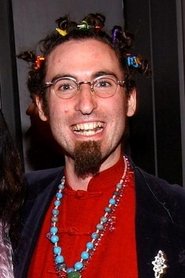 Timothy "Speed" LevitchSelf
Timothy "Speed" LevitchSelf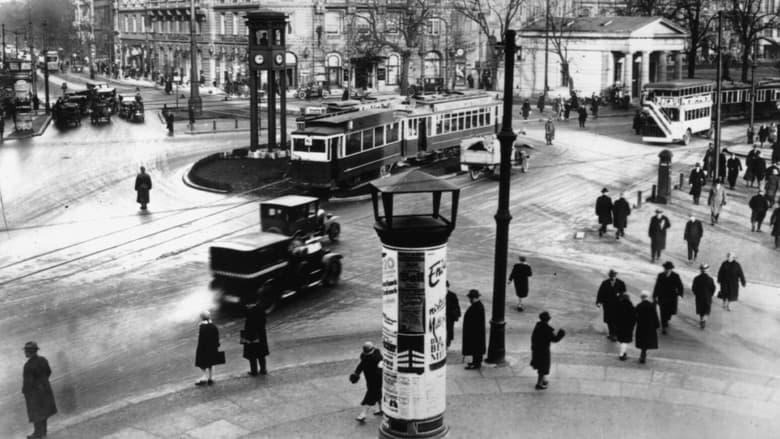
A day in the city of Berlin, which experienced an industrial boom in the 1920s, and still provides an insight into the living and working conditions at that time. Germany had just recovered a little from the worst consequences of the First World War, the great economic crisis was still a few years away and Hitler was not yet an issue at the time.
The newsreel series Jornal Português (1938-1951) was produced for the Secretariat of National Propaganda (SPN/SNI) by the "Portuguese Newsreel Society" (SPAC), under the technical supervision of António Lopes Ribeiro. It was conceived and employed as part of the propaganda machinery of Salazar's regime. Screened in cinema theatres prior to the main feature film, each issue of Jornal had approximately ten minutes in length and covered a variety of official government acts, national political news, major sports events and other assorted social and cultural affairs. Jornal Português is not only an indispensable document for the history of Estado Novo's propaganda, but also an unparalleled audiovisual archive of 1940s Portugal.
Shows masked mental patients enacting various schizophrenic symptoms as they were understood at the time. A disturbing film that raises questions about the condition and treatment of its subjects. (archive.org) “Abstract: This film describes and demonstrates four types of schizophrenia. Filmed at various New York institutions, it shows patients singly and grouped in large, outside recreational areas. Some patients are blindfolded. Symptoms shown include: social apathy, delusions, hallucinations, hebephrenic reactions, cerea flexibilitas, rigidity, motor stereotypes, posturing, and echopraxia.” (Guide to Mental Health Motion Pictures)
A dog trains for the battlefield and becomes a crucial part of the United States military. This 1945 short documentary film was nominated for an Oscar for Best Live Action Short, One-Reel.
The film begins with the First World War and ends in 1945. Without exception, recordings from this period were used, which came from weekly news reports from different countries. Previously unpublished scenes about the private life of Adolf Hitler and Eva Braun were also shown for the first time. The film was originally built into a frame story. The Off Commentary begins with the words: "This film [...] is a document of delusion that on the way to power tore an entire people and a whole world into disaster. This film portrays the suffering of a generation that only ended five to twelve. " The film premiered in Cologne on November 20, 1953, but was immediately banned by Federal Interior Minister Gerhard Schröder in agreement with the interior ministers of the federal states of the Federal Republic of Germany.
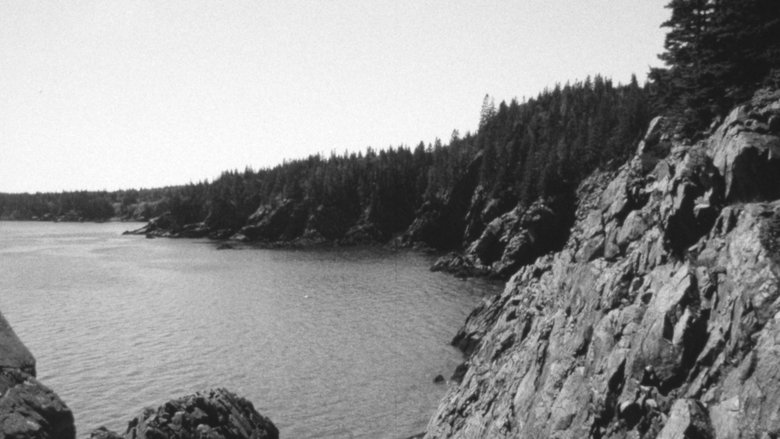
A short film featuring a coastal forest and the rocky coastline of downeast Maine.
A heartwarming exploration of a community art project by photographer Tawfik Elgazzar providing free portraits for locals and passers-by in Sydney, Australia's Inner West. The film explores the nature of individuality, cultural diversity and the positive joy for the photographer of seeing his subjects smile.
Documentary of the Rustavi Metal Works, in the country of Georgia.

A cinematic portrait of the homeless population who live permanently in the underground tunnels of New York City.
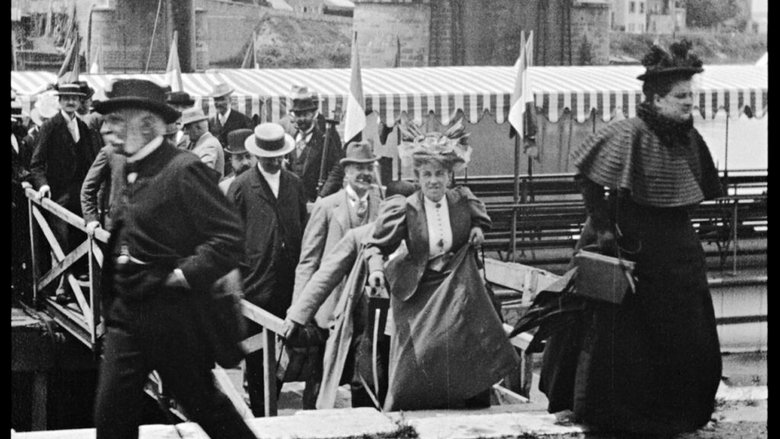
Down the gangway, photographers leave the deck of a riverboat in large numbers.
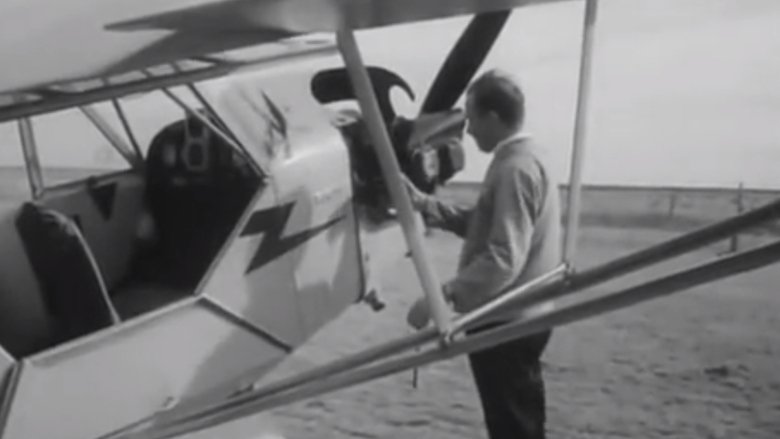
Stanley Kubrick’s short documentary about Father Fred Stadtmueller, a Catholic priest serving a vast 4,000-square-mile parish in rural New Mexico. To reach his scattered congregation, he pilots his own Piper Cub aircraft, the Spirit of St. Joseph. Over two days, Kubrick follows the “flying padre” as he conducts Mass, mediates between quarreling children, attends a funeral, and airlifts a sick child to medical care—capturing both the challenges and quiet heroism of his daily mission.
Hans Schilling, who emigrated to Chile shortly before World War 1, comes from Valparaiso to visit his old hometown of Stuttgart after an absence of almost 22 years. His brother Georg Schilling, who stayed in Stuttgart, picks him up at the train station. He proudly shows the homecomer the prospering, Swabian metropolis, followed by impressions of the city's architecture, economy and culture.
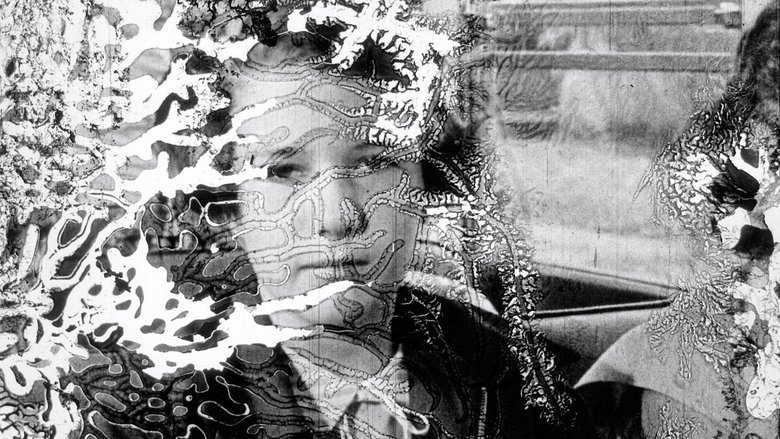
A meditation on the human quest to transcend physicality, constructed from decaying archival footage and set to an original symphonic score.
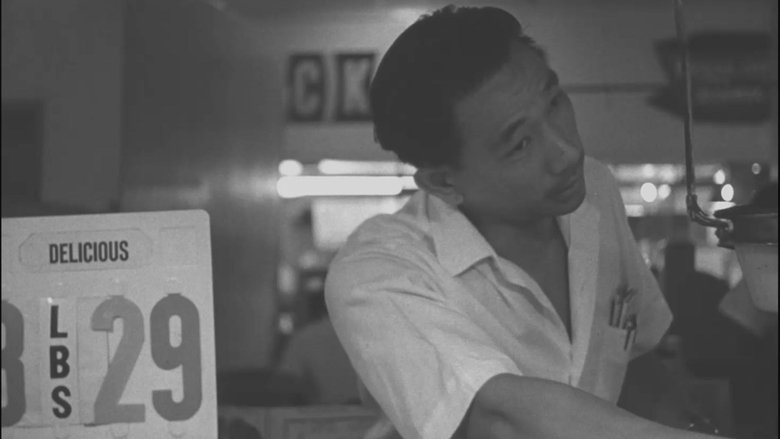
This film portrays activity in Grand Central Market in Los Angeles, California. Highlighted are vendors that represent the melting pot that is America, selling their wares to people of all ages and all walks of life. The film was directed by William Hale. Notably, the film also showcases some early work of famous cinematographer, Haskell Wexler.
I started from the assumption that the discourse about the hospital could be the objective pretext for communication between two people, the link that allows them to continue writing to each other, the intermediary between two desires.

A documentary about The AAA Girls (comprised of Alaska Thunderf*ck 5000, Courtney Act, and Willam), from the writing of their album "Access All Areas" to their tour across the US.
This film introduces the Fogo Island/Newfoundland Project series which is an experiment in how film can be a catalyst for social change by serving as a direct means of communication. It gives some basic facts about Fogo Island, Newfoundland, and explains why it was chosen for the film project.
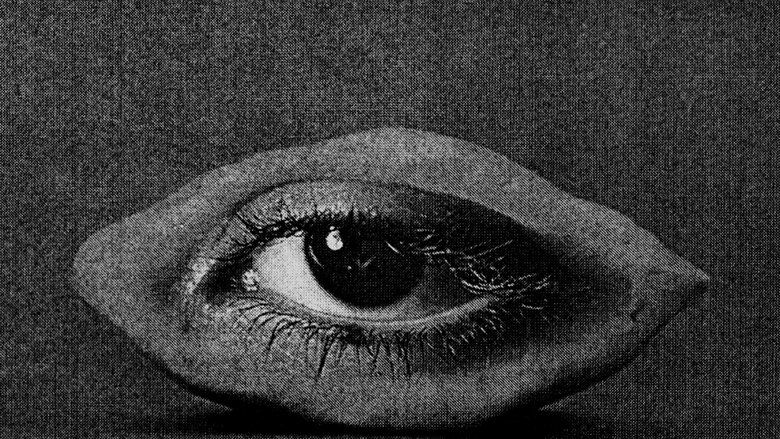
A non-binary folk watches the handover of the first non-binary ID in the history of Chile. As they try to do the paperwork, they will face the bureaucracy of the legal proceeding.
An epic investigation into countless murders in Mexico. Presented in chapters, the film unfolds methodically through unsettling testimonials, sketching a portrait of an entire country transformed into a gigantic mass grave thanks to a climate of impunity established by both criminal gangs and state authorities.